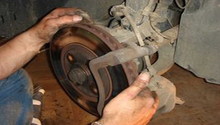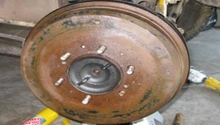Toyota 4Runner 1996-2002: Brakes Diagnostics Guide
Are your brakes making funny noises, barely working, or just simply don't perform the way they used to? This article will help you diagnose the cause of your braking issue and get your 4Runner stopping on a dime.
This article applies to the Toyota 4Runner (1996-2002).
The braking system in your Toyota truck is a hydraulic one. What that means is that brake pedal force is converted into pressure at the master cylinder, and forces fluid through the brake lines to the calipers, which squeeze the brake pads against the rotors, creating friction and slowing the truck down. When that hydraulic system is compromised, your brakes will not work as intended. There are a number of areas that cause this compromise, so here is the breakdown on what you need to know to troubleshoot your brakes.

Materials Needed
- Straight edge
- Jack and jack stands
- Flashlight (optional)
Step 1 – Vibrations when braking
Your brakes might be "grabbing" instead of spinning freely.
If your vehicle is vibrating when you press the brakes, they might be grabbing. Let it roll at low speed while feeling and listening for any noises or vibrations while braking. Also, try pressing the brakes hard while moving. If you have vibration issues while braking, the likely cause is a warped rotor. Warped rotors cause lead to an off balance issue while they rotate, and they can also rub against the brake pads and temporarily slow the wheel down. This can cause vibrations at speed. While moving, you can generally hear or feel this contact. Take the wheel off and use a straight edge on the surface of each brake rotor to find any sort of gap. If you do, you must replace the rotors, as simply resurfacing them won't fix the issue.
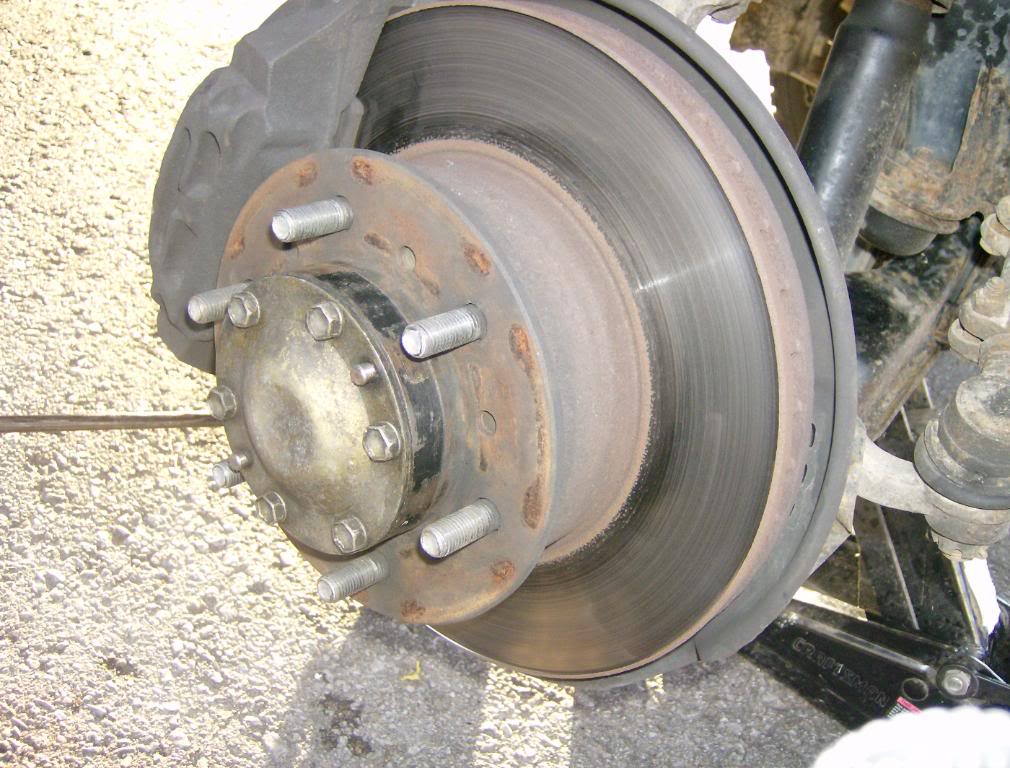
If you don't have a vibration issue, move on to Step 2.
Step 2 – Vehicle pulls to one side when braking
A pull to either side while braking can be caused by a number of issues.
If your truck is pulling to the left or the right while braking, the problem can be coming from a variety of places. First, inspect your pads and calipers for uneven wear or damage. Make sure your brake pad hardware and slide pins aren't bent or damaged. Check your brake flex hoses to ensure they are in good shape and not leaking fluid or bent in any way. Also, check your rear brakes, as poor adjustment or faulty hardware and/or wheel cylinders can cause a pull as well.
If all of your brake components are in good working order, you might have a suspension or alignment issue. Check your tire pressure, tire wear, bushings, control arms, and other suspension components. In many cases, simply having a bad bushing or two can lead to a vehicle pulling in one direction or another.
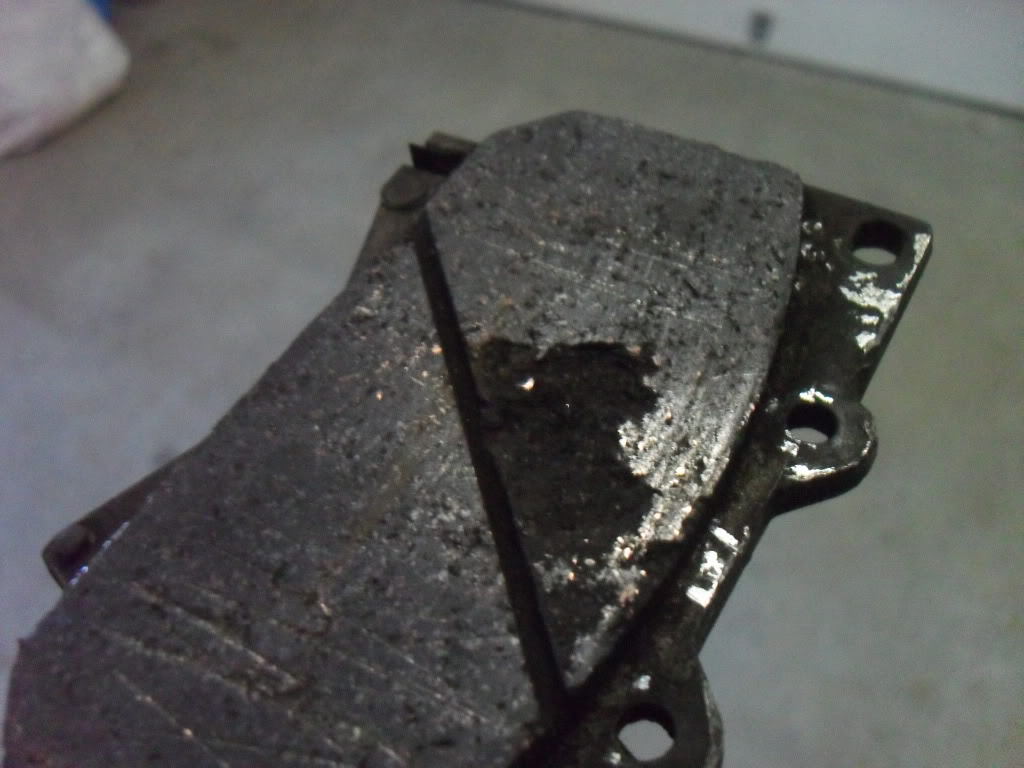
Step 3 – Brakes are "seizing"
Seized up brakes can be an indication that you have an emergency brake problem.
Brakes that seize up or feel like the emergency brake is on, even when it isn't, can be an alarming problem, especially if you're greeted by a loud "thump" when the vehicle moves. The problem can come from a number of areas, but the most common is an issue with the emergency brake. The levers in the brake can seize, causing the rear drum shoes to stick against the rear drums instead of releasing. These levers often rust, which causes them to get stuck. Try to pull on the parking brake cable underneath the vehicle, and if it sticks or doesn't move at all, you will know that this is the problem.
If your emergency brake is working fine, pull the rear drums and look inside. Third generation 4Runners had an issue with the rear axle seals failing, which causes differential lube to leak into the drums. If you find a ton of gunk inside your drums, clean it out with some brake cleaner and replace your rear axle seals if necessary.
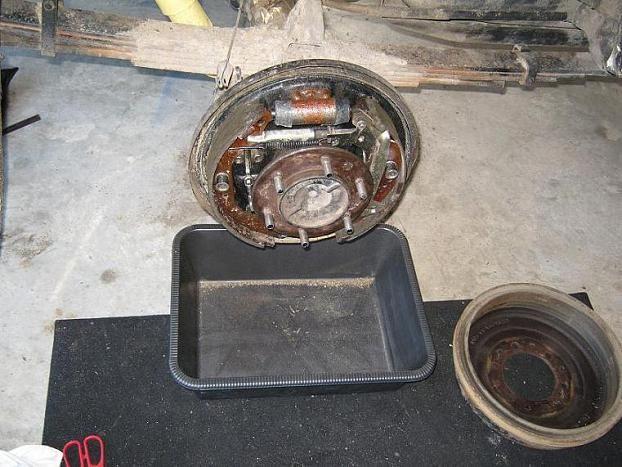
Related Discussions
- Strong Pull Right While Braking - YotaTech.com
- Front Brakes Dragging - YotaTech.com
- Front Brake Questions - YotaTech.com

